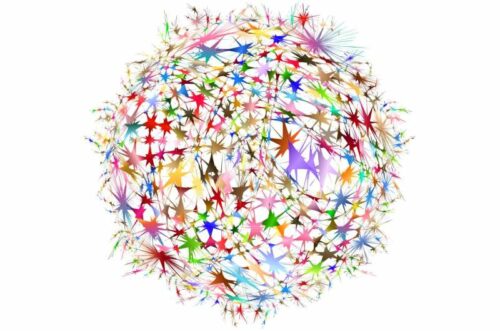Researchers have developed a new way to optimize neural networks for any desired task by training them with over a million examples.

Neural Networks are being used across a wide variety of tasks, from predicting if someone’s credit score is high enough to qualify for a loan to diagnosing whether a patient has a certain disease. But researchers still have only a limited understanding of how these models work. Whether a given model is optimal for certain tasks remains an open question.
MIT researchers conducted an analysis of neural networks and proved that they can be designed so they are “optimal,” meaning they minimize the probability of misclassifying borrowers or patients into the wrong category when the networks are given a lot of labeled training data. To achieve optimality, these networks must be built with a specific architecture.
A neural network network is basically a machine-learning model that is loosely based on the human brain. Many layers of interconnected nodes, or neurons, process data. Researchers train a network to complete a task by showing it millions of examples from a dataset. Activation functions help the network learn complex patterns in the input data. They do this by applying a transformation to the output of one layer before data is sent to the next layer. When researchers build a neural network, they select one activation function to use. They also choose the width of the network (how many neurons are in each layer) and the depth (how many layers are in the network.)
After conducting a detailed analysis, the researchers determined that there are only three ways this kind of network can learn to classify inputs. One method classifies an input based on the majority of inputs in the training data; if there are more dogs than cats, it will decide every new input is a dog. Another method classifies by choosing the label (dog or cat) of the training data point that most resembles the new input. The third method classifies a new input based on a weighted average of all the training data points that are similar to it. Their analysis shows that this is the only method of the three that leads to optimal performance. They identified a set of activation functions that always use this optimal classification method.
They tested this theory on several classification benchmarking tasks and found that it led to improved performance in many cases. Neural network builders could use their formulas to select an activation function that yields improved classification performance.
Reference : Adityanarayanan Radhakrishnan et al, Wide and deep neural networks achieve consistency for classification, Proceedings of the National Academy of Sciences (2023). DOI: 10.1073/pnas.2208779120








